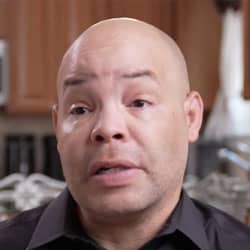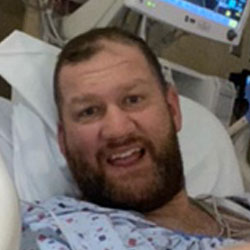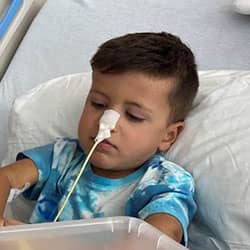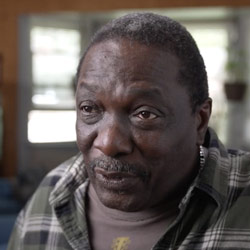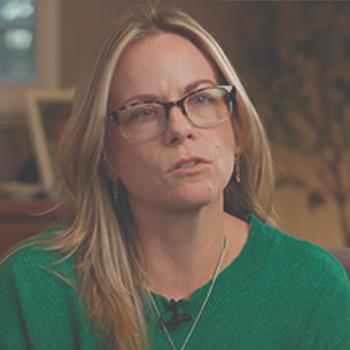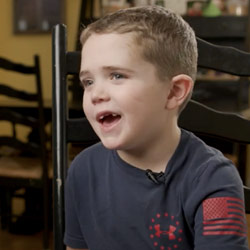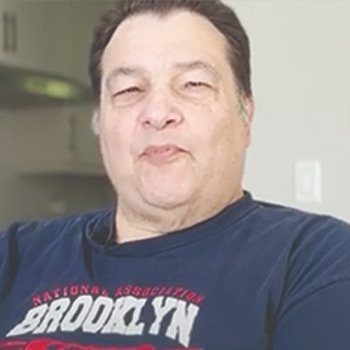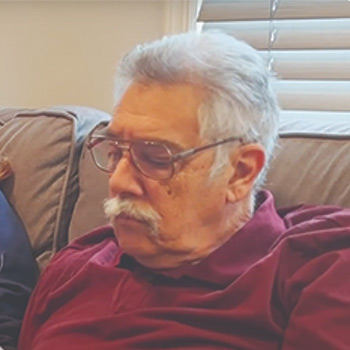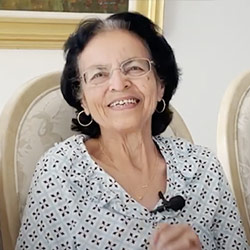Cerebrovascular & Comprehensive Stroke Center
Navigation Stroke Center
Patient Stories
The patient stories from our Stony Brook Cerebrovascular and Stroke Center share firsthand accounts of the exceptional care and successful treatments provided by our medical team. Stroke and cerebrovascular disease survivors describe their positive outcomes and gratitude for our expertise, compassion and commitment to improving cerebrovascular health for all patients.


